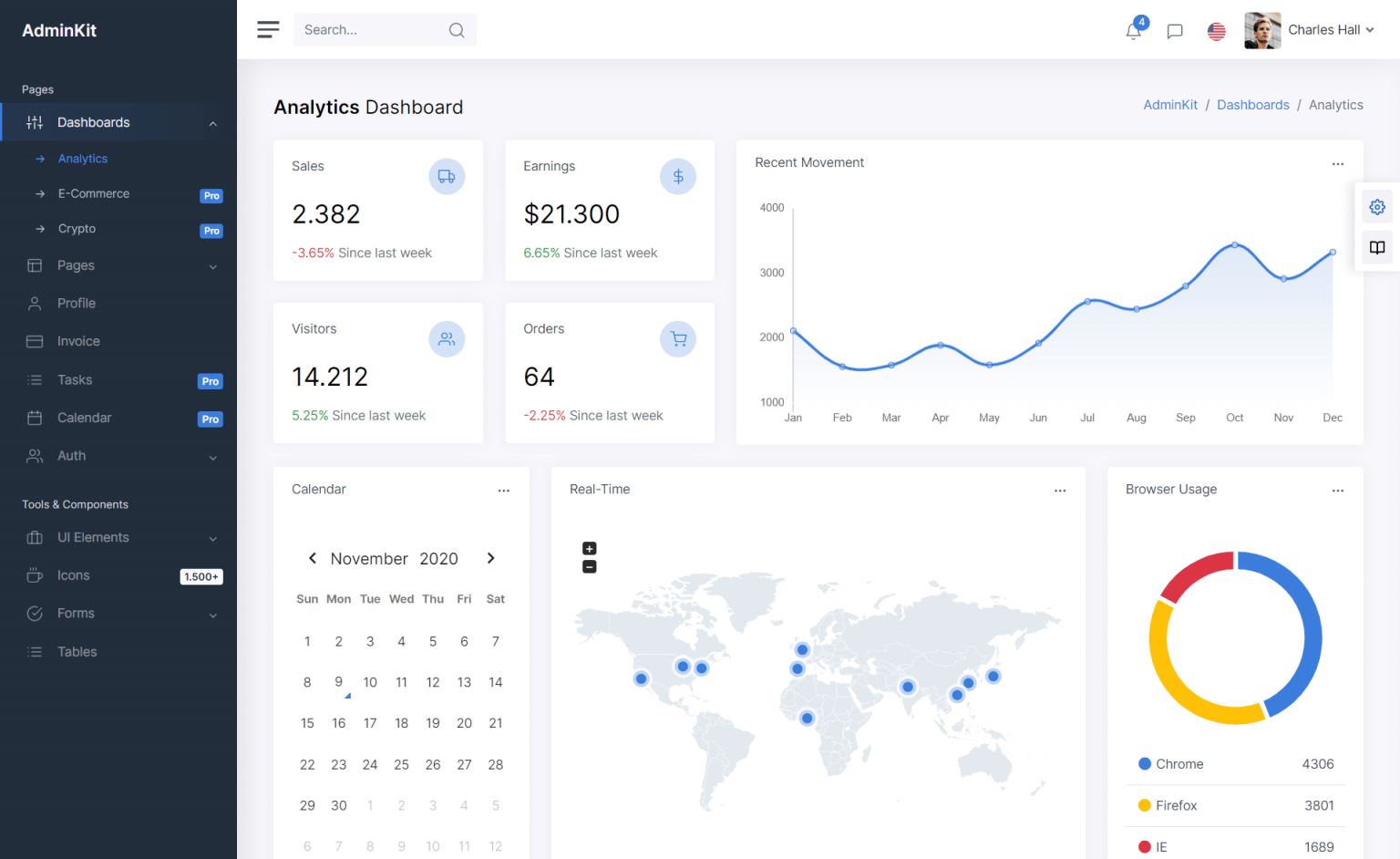How to use stored procedure in Entity Framework Core
By Tan Lee Published on Nov 01, 2024 351
First, ensure that you have a stored procedure created in your database.
For example:
CREATE PROCEDURE sp_GetProductsByCategoryId
@CategoryId int
AS
BEGIN
SELECT * FROM Products WHERE CategoryId = @CategoryId
ENDIf your stored procedure returns a specific result set, create a model that matches the structure of that result.
For example:
public class Product
{
public int Id { get; set; }
public string Name { get; set; }
public decimal Price { get; set; }
}
You'll need to add a method in your DbContext class to call the stored procedure.
For example:
public class AppDbContext : DbContext
{
public DbSet<Product> Products { get; set; }
public AppDbContext(DbContextOptions<AppDbContext> options) : base(options) { }
public async Task<List<Product>> GetProductsByCategoryIdAsync(int categoryId)
{
var categoryIdParam = new SqlParameter("@CategoryId", categoryId);
return await Products.FromSqlRaw("EXEC GetProductsByCategory @CategoryId", categoryIdParam).ToListAsync();
}
}
Here is a simple example that shows how to use stored procedure with output value in Entity Framework Core
var params = new[] {
new Microsoft.Data.SqlClient.SqlParameter("@year", 2024),
new Microsoft.Data.SqlClient.SqlParameter()
{
ParameterName = "@total",
SqlDbType = System.Data.SqlDbType.Int,
Direction = System.Data.ParameterDirection.Output
},
};
var db = new MyDbContext();
int n = db.Database.ExecuteSqlRaw("EXEC sp_GetTotal @year, @total out", params);
int total = Convert.ToInt32(params[1].Value); // @total output valueThe stored procedure sp_GetTotal accepts one input parameter @year and one output parameter @total. To pass these parameters, you can create an array of SqlParameter instances. Alternatively, you can pass them individually as the second and third parameters of the ExecuteSqlRaw() method.
To call a stored procedure in EF Core, use Database.ExecuteSqlRaw() or Database.ExecuteSqlInterpolated(), as Database.ExecuteSqlCommand() is deprecated. It's important to note that the SqlParameter class is in the Microsoft.Data.SqlClient namespace, not System.Data.SqlClient. Using the latter may result in a confusing error, so make sure to use new Microsoft.Data.SqlClient.SqlParameter(...) when creating parameters.
- SqlException: Cannot insert explicit value for identity column
- How to use decimal precision and scale in EF Code First
- How to add a computed column in EF Core
- Applying Migrations Programmatically in EF Core
- Creating a Database and Table in EF Core
- Database Schema Modifications in EF Core
- Adding a Computed Column in EF Core
- Inheritance Mapping in EF Core





